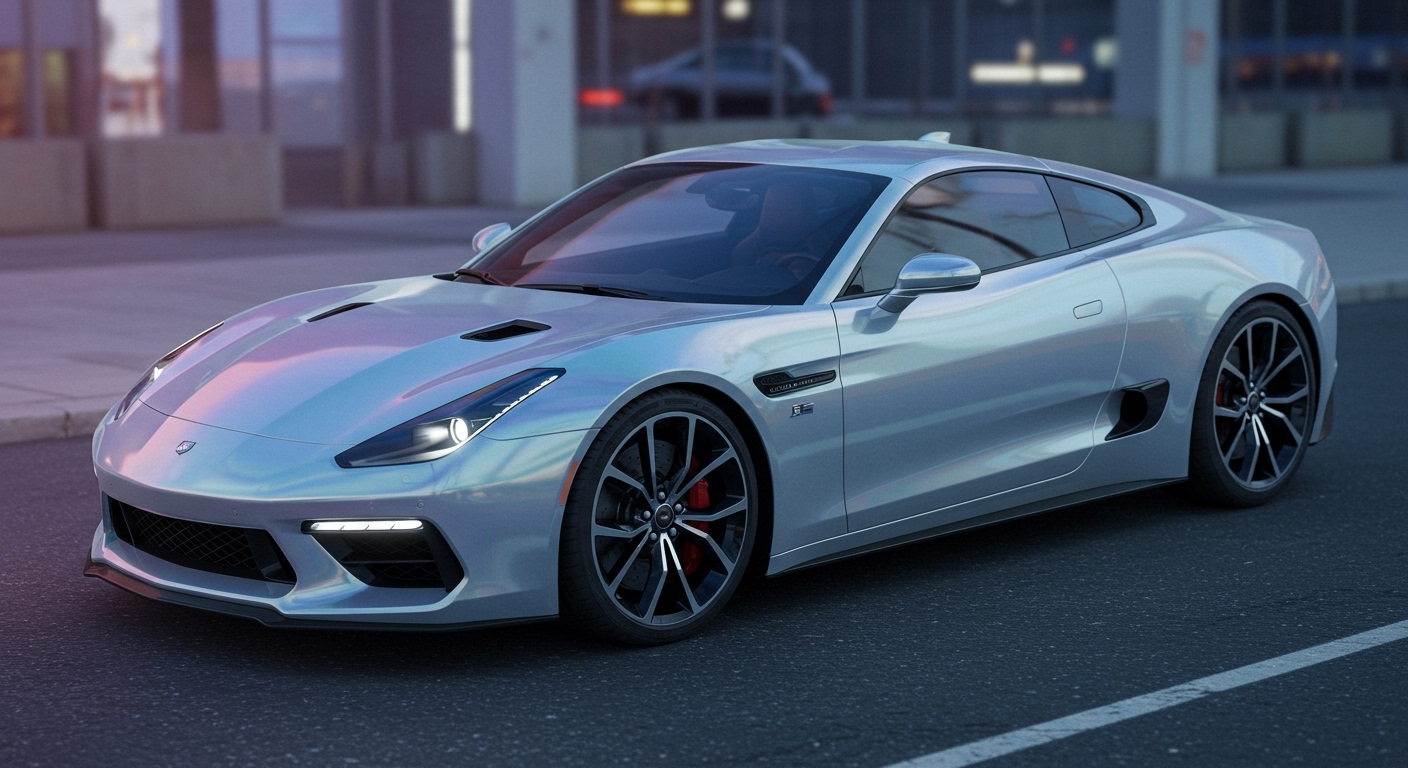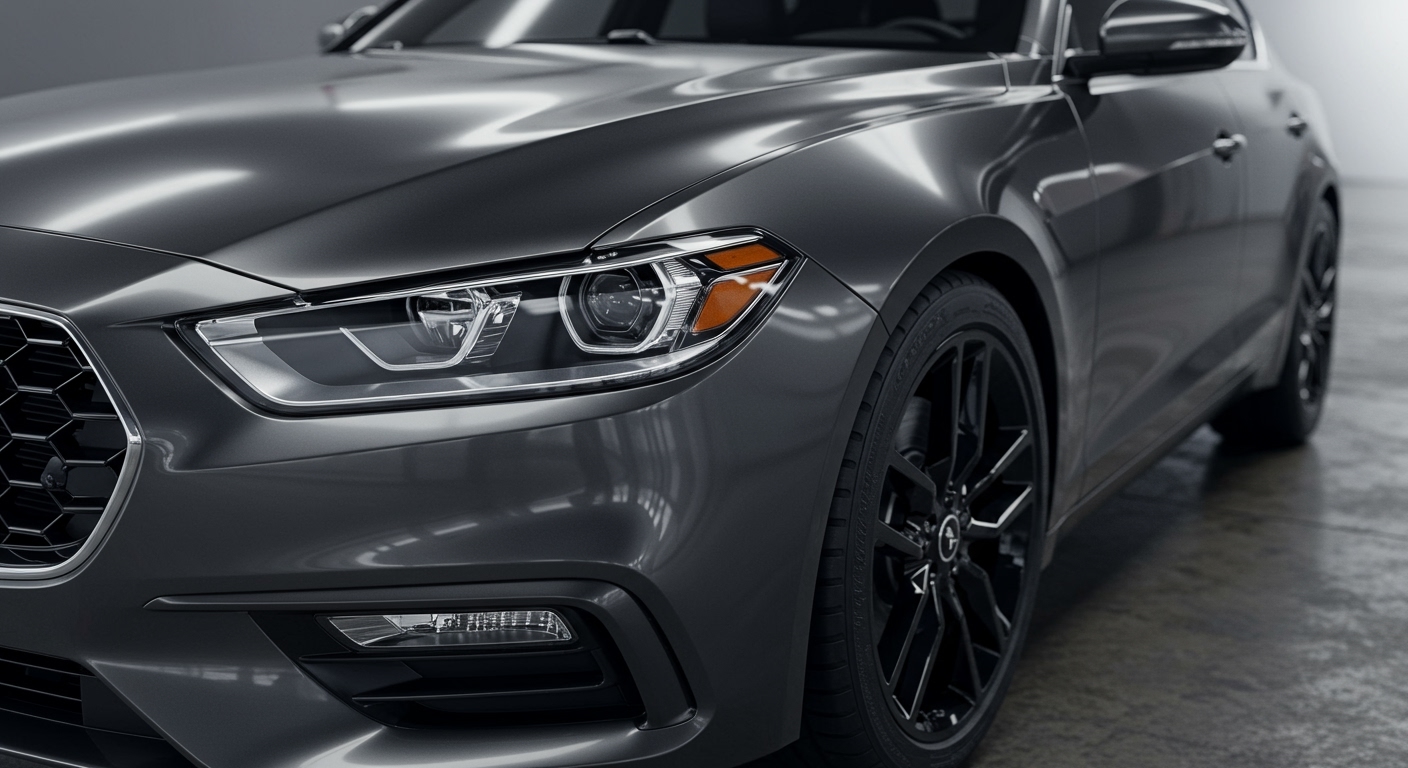In the UK, more car owners are turning to vehicle wrapping than ever before. The car wrap industry has grown quickly because drivers love flexibility and protection. Wrapping allows anyone to change their car’s look without expensive paintwork. Reports show that over 30% of UK drivers now consider vinyl wrapping a great alternative to repainting. It gives them creativity, lower costs, and long-lasting protection. Many people also enjoy how wraps make cars look new again without damaging the original surface. This simple beginner’s guide explains what a car wrap is, how it works, and why it has become a top choice for both style and function.

Understanding Car Wrap Vinyl Film
A car wrap is a thin, flexible vinyl film that sticks to your car’s surface. The film is applied directly over the paint without any permanent modifications. It safeguards the original finishing of the vehicle against scratching, sunshine, and weather damage. The vinyl wrap is available in a wide range of colours, textures, and finishes. Gloss, matte, satin, or metallic effects are readily available. The wraps are made to fit perfectly on all curves, edges, and panels of your vehicle. This makes the car look freshly painted but with far more creative options. Drivers who explore car vinyl wrap collections often find designs that reflect their personality. For those who like variety, some wraps even change shades under different lighting.
The most common types of vehicle wrap materials include cast vinyl and calendared vinyl. Cast vinyl offers higher quality and longer durability for professional jobs. Calendared vinyl is more affordable and ideal for short-term designs. They are both resistant to UV fading and peeling. When it is well maintained, a good-quality wrap can last several years. This assists the owners of cars in safeguarding paint and preserving resale value.
Why Do People Wrap Their Cars? The Main Benefits
Drivers choose car wraps for many reasons beyond just style. One major reason is protection. Wraps serve as a protective covering against UV sunlight, dirt, and scratches. They stop fading and shield paint against the harsh weather. Another big advantage is cost. Studies show that wrapping can be up to 60% cheaper than repainting a full car. Wraps are also popular due to the ease with which companies can add slogans or logos. For individuals, wraps provide creative freedom without the risk of having permanent paint damage.
Here are the key benefits of car vinyl wrap:
- Protects the original factory paintwork from chips and wear.
- Offers endless design, texture, and colour options for every taste.
- Costs less than traditional painting or respraying.
- Removable safely at any time and will not cause harm to the paint of the car.
- Helps to keep it easy to maintain the car or resell it with clean paint underneath.
Car wrapping is not only stylish but also smart. It helps businesses advertise and private owners personalise their cars easily. Many UK drivers find it an affordable and reversible solution that meets both needs.
The Difference Between a Full and Partial Wrap
When people first learn what car wrapping is, they often wonder about coverage types. There are two main types: full wraps and partial wraps. A full wrap covers the car completely, giving a total transformation. Every part, from bonnet to bumpers, gets a fresh new finish. Full wraps are ideal for those who want complete colour changes.
Partial wraps only cover selected areas such as the roof, mirrors, or bonnet. They cost less but still offer a stylish upgrade. For beginners, a partial wrap is easier to install and maintain. A vehicle wrap tutorial can help beginners understand how both methods differ in cost and application. To achieve professional outcomes, one should work in a dust-free environment. No matter what you decide with wrap, full or partial, the goal is the same: a clean, smooth, and eye-catching finish.
A Look at the Different Finishes Available
The UK market now offers a huge range of vinyl finishes. Car owners can find unique looks that paint can’t match. In addition to basic gloss and matte, drivers are currently exploring metallic, carbon fiber, and colour-shifting choices. Vinyls with colour change are particularly popular because they shift tone in varied lighting. They create depth and texture in vehicles, making them stand out.
Some of the common car wrap finishes are as follows:
- Gloss: Shiny and reflective, which is ideal for achieving that smooth and modern appearance.
- Matte: No reflective and elegant-looking, perfect for getting a subtle look.
- Satin: Satin contains a balance of gloss and matte to smooth elegance.
- Chrome: Eye-catching and luxurious, usually applied to sports cars.
- Colour-shift: Unique wraps that change colour depending on light.
Browsing colour-shift vinyl collections helps buyers find inspiration easily. These finishes show how versatile a vinyl wrap can be. They let car enthusiasts express their personality while enjoying paint protection.

How is a Colour Change Car Wrap Applied?
Applying a colour change car wrap involves several careful steps. The process starts off by cleaning and decontaminating the surface of the car. This gets away the dirt, wax, and grease that would prevent adherence. Once clean, the installer measures and cuts the vinyl film to fit each panel. The wrap is then heated and stretched to fit the shape of the car.
Once the vinyl is applied, all excess material is cut, and edges are sealed. The final appearance is seamless, giving the car a new colour instantly. A normal professional installation in most cases takes one to three days, depending on the size and complexity. Once wrapped, it is also important to inform the DVLA about any change of colour of the car. Any vehicle wrap that changes colour will require registration updates by the DVLA of the UK. By adhering to this rule, you are guaranteed to be compliant with road laws.
The car owners should avoid harsh chemicals and automatic washes to preserve the finish. The wrap remains shiny and smooth with a hand wash using soft cloths and mild soap. When taken care of, the car wrap can last between five and seven years.
Final Thoughts
Car wrapping gives every UK driver the freedom to redesign their car without repainting. It’s a practical and creative solution for anyone who values protection and style. Many find it easier and more cost-effective than traditional painting. The process also offers reversibility, allowing car owners to switch looks anytime. Whether used for business promotion or personal flair, car wraps transform vehicles into reflections of personality. For those exploring what a car wrap is, it’s more than just decoration; it’s a smart, durable investment that protects and enhances any vehicle.
Want to see how wraps can change your car’s appearance? Explore the latest vehicle wrap collections today and discover endless car vinyl wrap styles. Choose a finish that fits your lifestyle and personality best.
